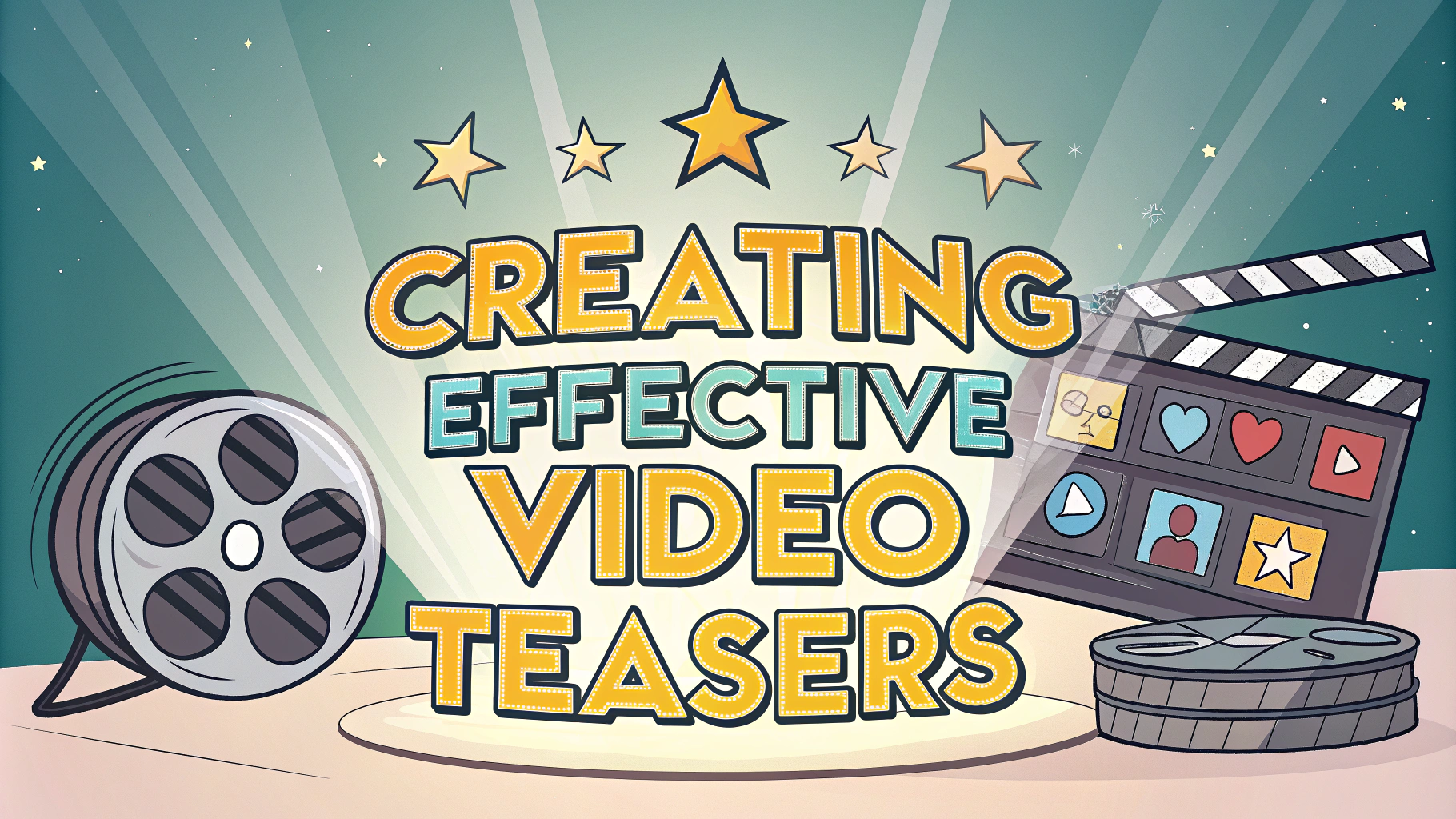Sound design transforms a basic podcast into an immersive audio experience that keeps listeners engaged and coming back for more.
Professional sound elements help establish your show’s identity and make complex topics easier to digest through audio cues and transitions.
This guide covers essential sound design techniques and tools to enhance your podcast’s production value while maintaining a natural, professional flow.
Key Sound Elements for Your Podcast
- Theme music (opening and closing)
- Transition effects
- Background music beds
- Sound effects (SFX)
- Stingers and bumpers
- Audio branding elements
Selecting the Right Music
Your theme music should match your podcast’s tone and subject matter – upbeat for comedy shows, sophisticated for business content, or atmospheric for storytelling formats.
Recommended Music Libraries
- Epidemic Sound ($15/month) – High-quality tracks with simple licensing
- Artlist.io ($16.60/month) – Unlimited music downloads
- PremiumBeat ($65/track) – Premium production music
- Free Music Archive – Creative Commons licensed tracks
Sound Effects That Work
Strategic use of sound effects can emphasize key points, transition between segments, and create atmosphere without becoming distracting.
Essential SFX Categories
- Transitions (whooshes, swipes)
- Ambient sounds (room tone, nature)
- UI sounds (clicks, notifications)
- Impact sounds (drums, hits)
Technical Requirements
Quality sound design requires proper tools and software to implement effectively.
Recommended Equipment
| Item | Purpose | Price Range |
|---|---|---|
| DAW (Digital Audio Workstation) | Audio editing and mixing | $0-299 |
| Audio Interface | High-quality recording | $99-199 |
| Monitoring Headphones | Accurate sound monitoring | $99-299 |
Implementation Tips
- Keep music beds at -18db to -24db below voice levels
- Use crossfades of 2-4 seconds for smooth transitions
- Maintain consistent volume levels throughout episodes
- Test your mix on different devices (phone, car, speakers)
Common Sound Design Mistakes
- Overusing sound effects
- Playing music too loud under dialogue
- Using copyrighted material without permission
- Poor quality transitions
- Inconsistent audio levels
Taking Your Show to the Next Level
Start with basic elements and gradually expand your sound palette as you become more comfortable with audio production techniques.
Consider working with a professional sound designer for custom audio elements – rates typically range from $200-500 for a complete podcast sound package.
Join online communities like the Audio Engineering Society (www.aes.org) or the Podcast Engineering School for ongoing learning and support.
Advanced Sound Design Techniques
- Layering multiple sounds for richer transitions
- Using stereo panning for spatial effects
- Creating custom sound packages for recurring segments
- Implementing dynamic processing for consistent levels
Sound Design Workflow
Establish a systematic approach to maintain consistency across episodes:
Pre-Production
- Create sound design templates
- Organize sound libraries
- Prepare episode-specific assets
- Test new sound combinations
Post-Production
- Apply consistent mixing techniques
- Quality check on multiple devices
- Archive successful combinations
- Document processing chains
Building Your Sound Library
Develop a personalized collection of audio elements:
- Create themed collections for different episode types
- Build transition packages for various segments
- Maintain organized folders for quick access
- Regular updates with fresh content
Elevating Your Podcast’s Audio Identity
Remember that effective sound design enhances content without overshadowing it. Start with essential elements, refine your technique, and gradually expand your sonic palette. Regular feedback from listeners and continuous learning will help develop a distinctive audio brand that sets your podcast apart.
Invest time in creating templates and workflows that make your production process efficient and consistent. As your show grows, consider partnering with audio professionals to further develop your podcast’s unique sound signature.
FAQs
- What are the essential sound design elements every podcast needs?
A podcast should have a consistent intro/outro music, clean dialogue audio, sound transitions, appropriate background music, and ambient sounds when relevant. - How do I choose the right intro music for my podcast?
Select music that matches your podcast’s tone and theme, ensure it’s royalty-free or properly licensed, and keep it between 10-30 seconds long. - What equipment do I need for basic podcast sound design?
You need a good quality microphone, audio interface, DAW (Digital Audio Workstation), headphones, and sound editing software like Audacity, GarageBand, or Adobe Audition. - How can I improve my podcast’s audio quality?
Record in a treated room, maintain consistent microphone distance, use pop filters, monitor levels while recording, and apply proper noise reduction and compression during editing. - Where can I find legal sound effects and music for my podcast?
Use platforms like Epidemic Sound, Artlist, PremiumBeat, or free resources like Free Music Archive and Creative Commons licensed content. - What’s the ideal volume level for podcast audio?
Target -16 LUFS for stereo and -19 LUFS for mono, with peaks not exceeding -1 dB to prevent distortion. - How do I balance background music with voice in my podcast?
Keep background music 15-20 dB lower than voice levels, use ducking/sidechain compression, and ensure music doesn’t compete with speech frequencies. - What are the most common sound design mistakes in podcasting?
Common mistakes include inconsistent audio levels, poor mic technique, overusing sound effects, having too loud background music, and insufficient noise reduction. - How can I create effective audio transitions between segments?
Use short musical stingers, subtle sound effects, or brief silence, keeping transitions between 2-5 seconds to maintain flow. - What’s the difference between dynamic and condenser microphones for podcasting?
Dynamic mics are more robust and better at rejecting background noise, while condenser mics offer higher sensitivity and detailed sound but require more controlled environments.








